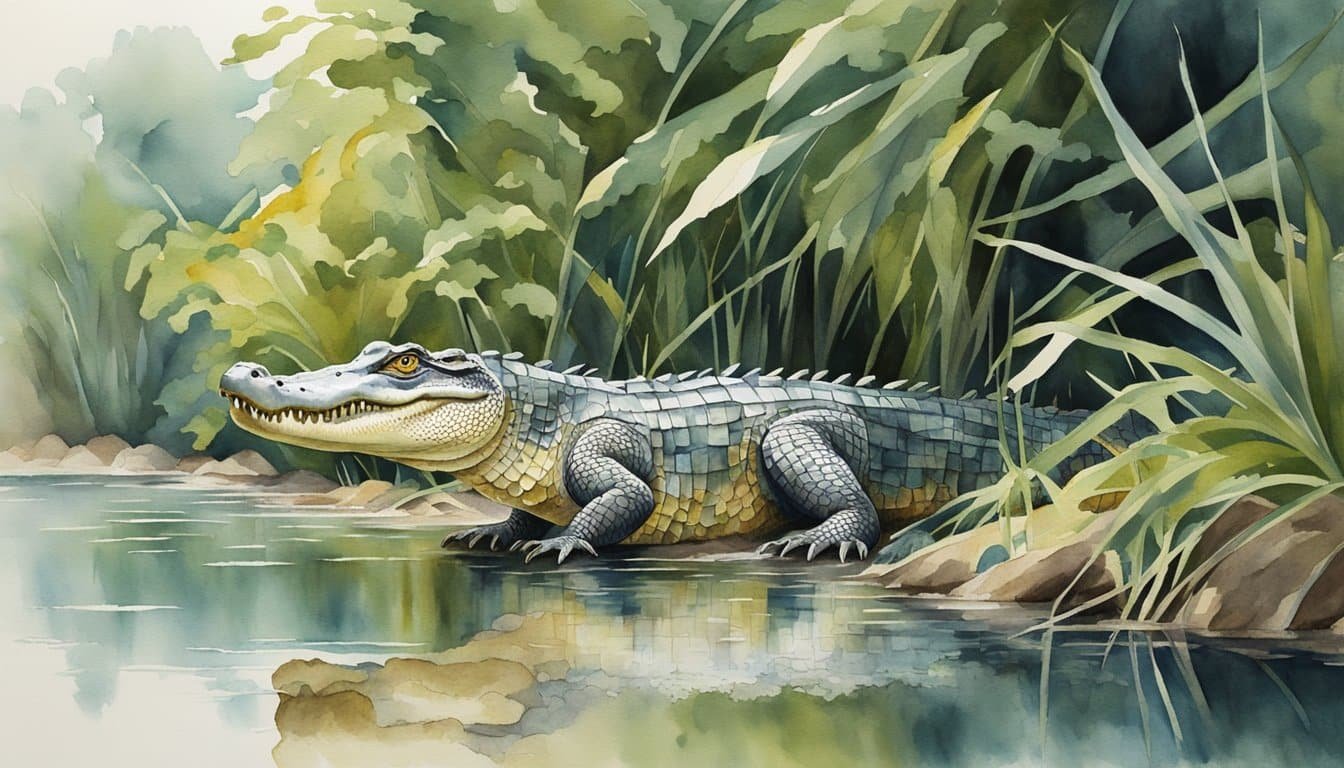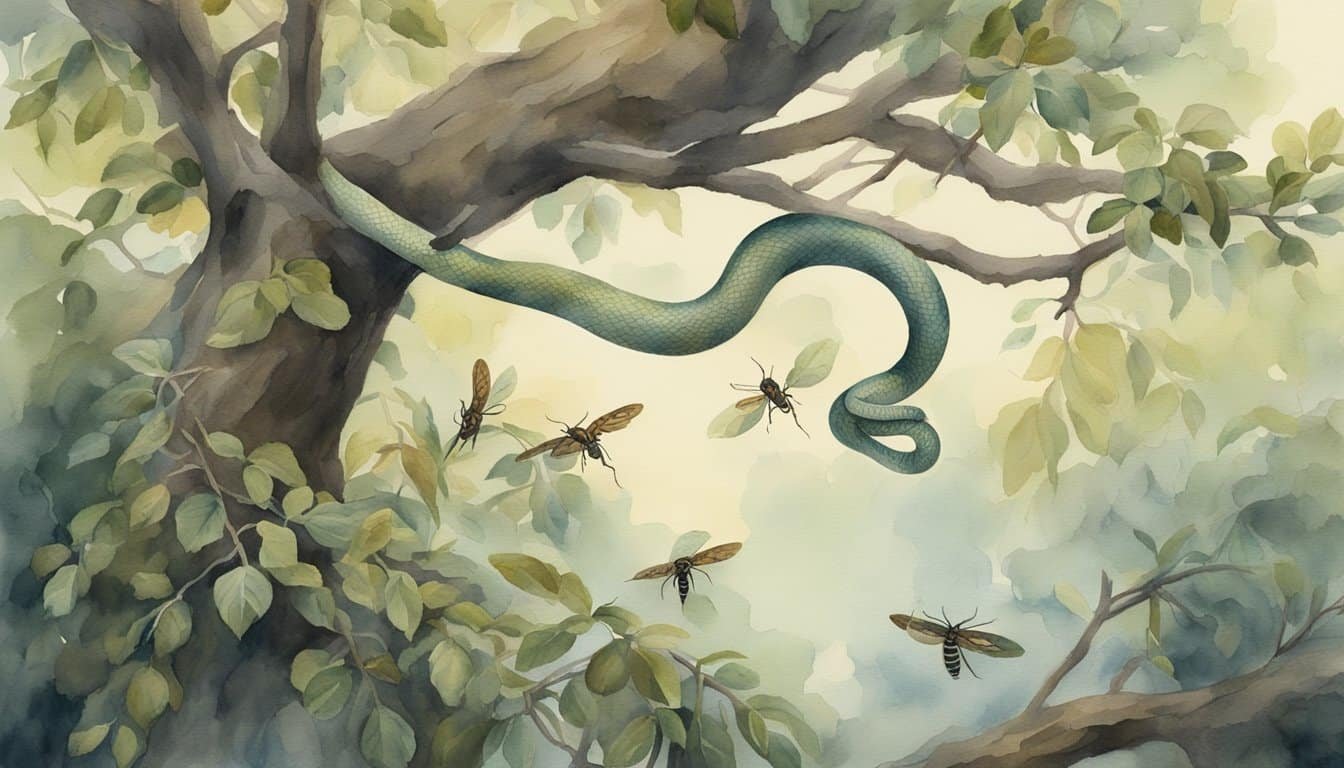Top Threats: The Deadliest Animals Worldwide
The animal kingdom boasts a diverse array of creatures, some of which are beautiful and benign, while others pose serious threats to human life.
Below, we look into some of the most dangerous animals, from disease-carrying insects to powerful predators.
Mosquito: Bearer of Deadly Diseases
The mosquito is not just a buzzing nuisance, but arguably the deadliest animal on the planet, responsible for millions of deaths annually.
It is the main vector for deadly diseases such as malaria, dengue fever, West Nile virus, and Zika virus.
Particularly in regions like Sub-Saharan Africa and Asia, mosquito-borne illnesses continue to be a major public health problem.
Large Predators: Lions, Tigers, and Bears
On land, few animals instill as much fear as the big predators—lions, tigers, and bears.
Although attacks on humans are comparatively rare, the sheer strength and power of these animals can make them extremely dangerous.
The king of the jungle, the lion, primarily resides in Africa and is a formidable predator.
Tigers, largely found in Asia, are solitary and stealthy creatures. Meanwhile, North American grizzly bears, while typically avoiding humans, can be lethal when surprised or threatened.
Aquatic Dangers: Sharks and Crocodiles
The water harbors its own lethal creatures, such as sharks and crocodiles.
While shark attacks are relatively uncommon, the fear of these marine predators persists, catalyzed by their portrayal in media and film.
Despite their reputation, only a few species, like the great white, show a number of unprovoked attacks on humans.
In freshwater, the Nile crocodile and saltwater crocodile are among the most dangerous, known for their incredible strength and aggressive behavior.
Unexpected Killers: From Land to Freshwater

When one thinks of the most dangerous animals, typically the likes of lions, sharks, and bears come to mind. However, some of the deadliest creatures are those one might never suspect, such as the usually placid-looking hippopotamus, the beloved domestic dog, and the diminutive freshwater snail.
The Perilous Hippopotamus
The hippopotamus, with its stocky shape and seemingly leisurely demeanor, might appear innocuous, but it’s actually one of the most dangerous animals in Africa.
Hippos are highly aggressive, with powerful jaws capable of snapping a canoe in half. Their territorial behavior makes them quite fearless, often capsizing boats that venture too close.
Man’s Loyal Foe: Canine Dangers
Despite being known as man’s best friend, dogs can be unexpected carriers of danger.
Rabies, a virus affecting the central nervous system, is most commonly transmitted by dog bites. This disease, if not treated promptly, can be fatal.
Dogs with rabies may exhibit drastic behavioral changes, including aggression and fear of water.
Tiny but Deadly: Snails and Parasites
Freshwater snails glide seemingly harmlessly through waters worldwide. However, they are carriers of deadly parasites like the one causing schistosomiasis.
Meanwhile, tapeworms and ascaris roundworms are transmitted through contaminated food and water, with such parasites responsible for a myriad of health issues, sometimes leading to death if left untreated.
Venomous Threats: Snakes and Insects

In a world brimming with diverse wildlife, some of the most formidable threats come in small packages. From the lethal injection of snake venom to the disease-carrying bite of an insect, these creatures are equipped with fearsome natural weapons.
The Toxic Bite: Snake Hazards
When it comes to venomous snakes, the Inland Taipan holds the title for the most potent venom in the world.
It carries enough toxicity in one bite to fell a large number of adults. Meanwhile, the saw-scaled viper may hold the grim record for the most human fatalities.
These serpents, although not the largest or most imposing, have venoms that are incredibly fast-acting and destructive.
Snake venom can cause a myriad of symptoms, from neurological paralysis to uncontrolled bleeding. The severity of a bite often depends on factors such as the amount of venom injected and the promptness of medical treatment.
Insects on the Attack
On the insect front, the diminutive size of mosquitos belies their deadly nature. They are infamous for spreading diseases like malaria, which continues to claim hundreds of thousands of lives each year.
Meanwhile, the tsetse fly is a well-known vector of sleeping sickness in Africa. If left untreated, this disease leads to neurological issues and can eventually be fatal.
Then there’s the assassin bug, also known as the kissing bug, which can transmit Chagas disease. This illness can cause chronic symptoms, including cardiac and digestive system damage.
The intricacies of their bites and stings reveal an evolutionary arms race, where venom and disease play a central role in survival.
Understanding the impact of these venomous and biting insects is critical. It’s also essential for appreciating the complex interactions between species in ecosystems around the world.

